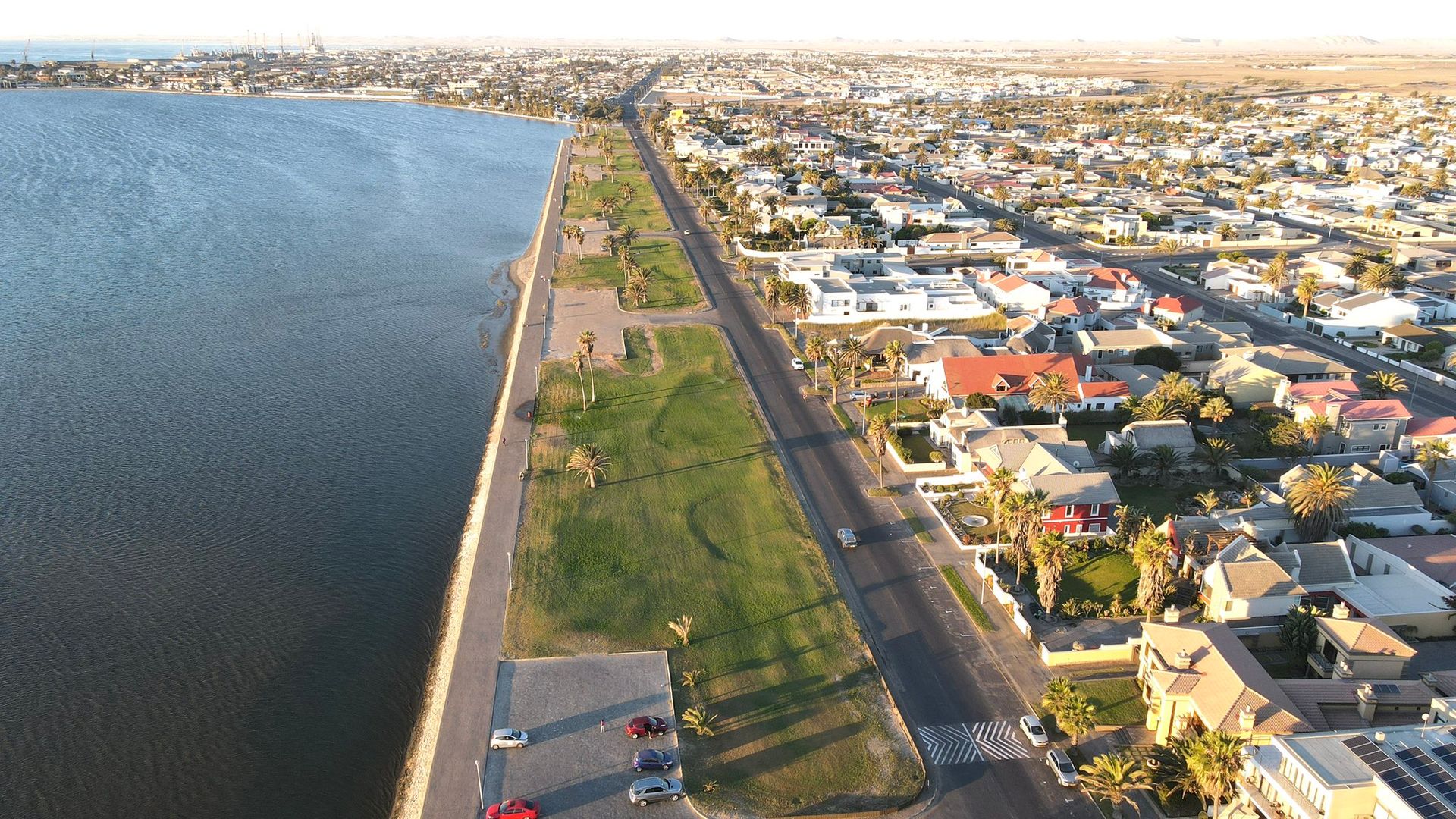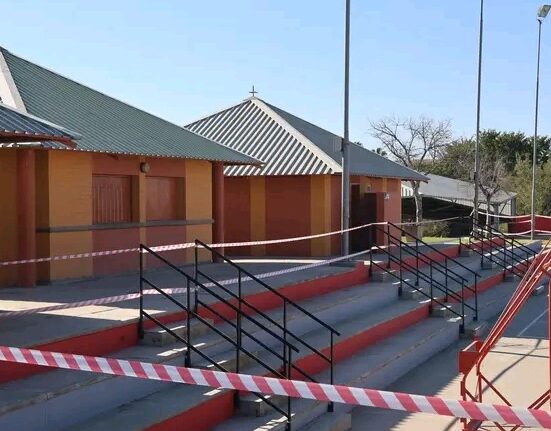Namibia, known for its sweeping deserts and vast open spaces, is undergoing a remarkable urban transformation. As a predominantly rural country just a few decades ago, Namibia is now seeing an urban boom that is redefining its socio-economic and cultural landscape. Cities like Windhoek, Walvis Bay, Swakopmund, and Rundu are growing rapidly, attracting people from rural areas and fostering opportunities for economic and social development. This urban expansion is not without challenges, but it also represents an exciting chapter in Namibia’s development story.
Namibia’s Urbanization Trends
Urbanization in Namibia is happening at an unprecedented pace. According to the latest census data, over 54% of Namibians now live in urban areas, a significant increase from previous decades. The capital city, Windhoek, is the largest urban center, with a population of over 400,000 people. Other cities, including Walvis Bay, Swakopmund, and Rundu, are also expanding rapidly, fueled by internal migration and economic opportunities.
This urban growth is driven by several factors, including improved access to education, healthcare, and job opportunities in cities. People are leaving rural areas in search of better living standards and opportunities for personal and professional growth. Additionally, Namibia’s strategic focus on economic diversification has led to the development of industries in urban areas, further attracting people from rural communities.
The Economic Impact of Urbanization
The urban boom is transforming Namibia’s economy. Cities are hubs of economic activity, contributing significantly to the country’s GDP. Urban centers like Windhoek and Walvis Bay are home to industries such as manufacturing, logistics, tourism, and trade. Walvis Bay, as Namibia’s largest port, plays a pivotal role in connecting Namibia to global trade routes, making it a critical economic driver.
The growth of urban centers has also led to the rise of small and medium-sized enterprises (SMEs), which are essential for job creation and economic growth. The retail, hospitality, and technology sectors, in particular, are flourishing in urban areas, providing employment opportunities and stimulating economic activity.
Moreover, urbanization has spurred infrastructure development, including roads, housing, and public services, which further enhances economic productivity. Cities are becoming centers of innovation and entrepreneurship, driving Namibia’s transition toward a more diversified and sustainable economy.
Social and Cultural Transformations
Urbanization is not only reshaping Namibia’s economy but also its social and cultural fabric. Cities are melting pots of diverse cultures, bringing together people from different ethnic backgrounds and fostering cultural exchange. This diversity is reflected in the vibrant urban culture, from art and music to cuisine and fashion.
Urban centers also provide greater access to education and healthcare, improving the quality of life for many Namibians. Universities and colleges in cities like Windhoek are attracting students from across the country, contributing to the development of a skilled workforce. Healthcare facilities in urban areas are more advanced and accessible, leading to better health outcomes for residents.
Additionally, urbanization has given rise to a new generation of young, tech-savvy Namibians who are shaping the country’s future. The urban youth are at the forefront of innovation, social change, and cultural expression, driving Namibia’s modernization.
Challenges of Urbanization
While the urban boom presents numerous opportunities, it also comes with significant challenges. One of the most pressing issues is the rise of informal settlements. Rapid urbanization has outpaced the development of adequate housing and infrastructure, leading to the growth of informal settlements on the outskirts of cities. These areas often lack basic services such as water, sanitation, and electricity, posing health and safety risks to residents.
Unemployment remains a challenge, particularly among the youth. While cities offer more job opportunities than rural areas, the demand often exceeds supply, leading to high unemployment rates and social unrest.
Urbanization also puts pressure on public services and infrastructure. Schools, hospitals, and transportation systems in cities are often overcrowded and underfunded, struggling to meet the needs of the growing urban population. Environmental issues, including waste management and pollution, are additional concerns that need to be addressed to ensure sustainable urban growth.
Government Initiatives and Urban Planning
The Namibian government has recognized the importance of managing urbanization effectively to maximize its benefits while addressing its challenges. Urban planning and development initiatives are being implemented to create sustainable and inclusive cities.
Programs like the Mass Housing Development Initiative aim to address the housing shortage by providing affordable housing to low- and middle-income families. Investments in infrastructure, including roads, public transportation, and utilities, are also being prioritized to support urban growth.
The government is also focusing on economic development in urban areas through policies that encourage investment, entrepreneurship, and job creation. Efforts to improve education and healthcare in cities are helping to enhance the quality of life for urban residents.
Moreover, Namibia is embracing smart city concepts, integrating technology into urban planning to improve efficiency and sustainability. Digital initiatives, such as e-governance and smart infrastructure, are being explored to address urban challenges and enhance service delivery.
The Future of Urban Namibia
Namibia’s urban boom represents a transformative period in the country’s history. As cities continue to grow and evolve, they are shaping the nation’s economic, social, and cultural identity. With effective planning and investment, urbanization can drive sustainable development, reduce poverty, and improve living standards for all Namibians.
However, managing urban growth requires a collaborative effort involving the government, private sector, and civil society. Addressing challenges such as informal settlements, unemployment, and infrastructure deficits will be crucial to ensuring that urbanization benefits everyone.
Namibia’s urban centers are not just places of growth and opportunity but also symbols of the country’s resilience and ambition. As cities continue to reshape the nation, they hold the promise of a brighter and more prosperous future for all Namibians.
Join 'Namibia Today' WhatsApp Channel
Get the breaking news in Namibia — direct to your WhatsApp.
CLICK HERE TO JOIN












